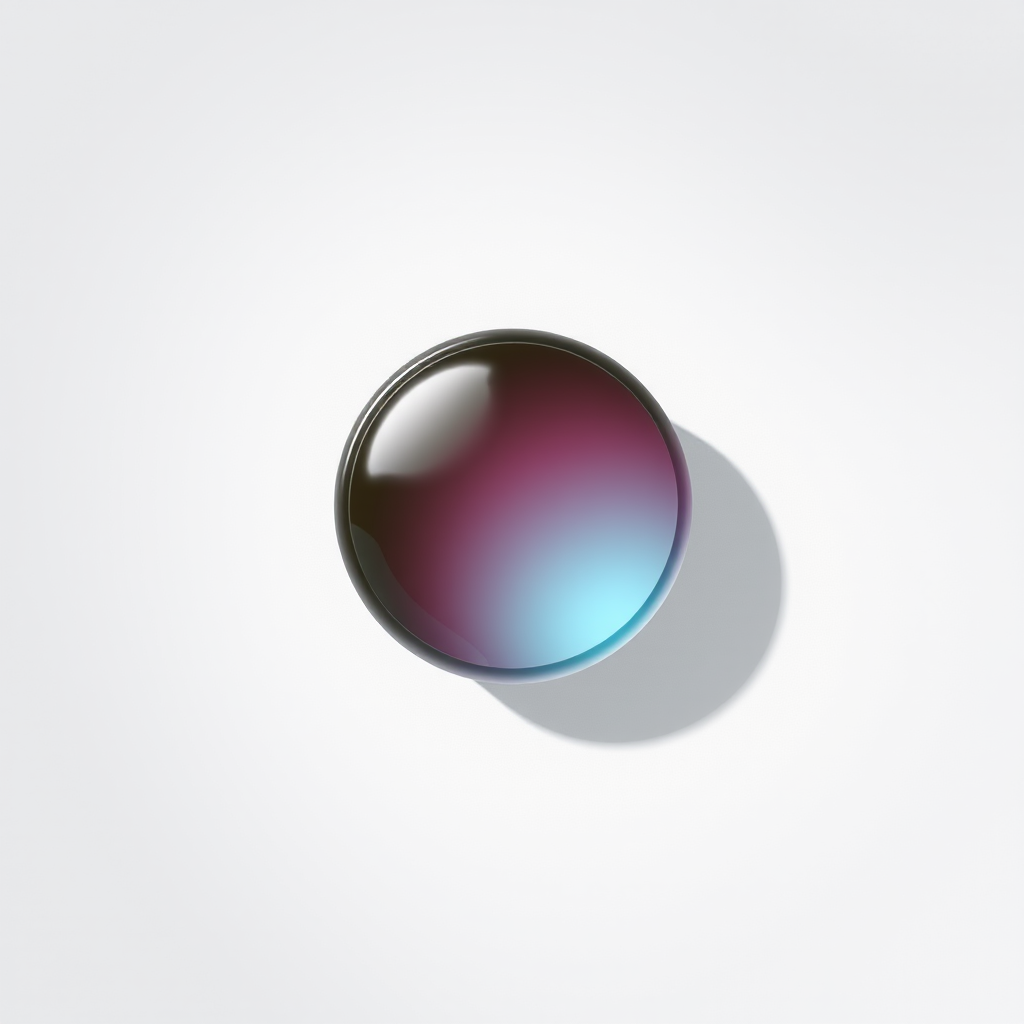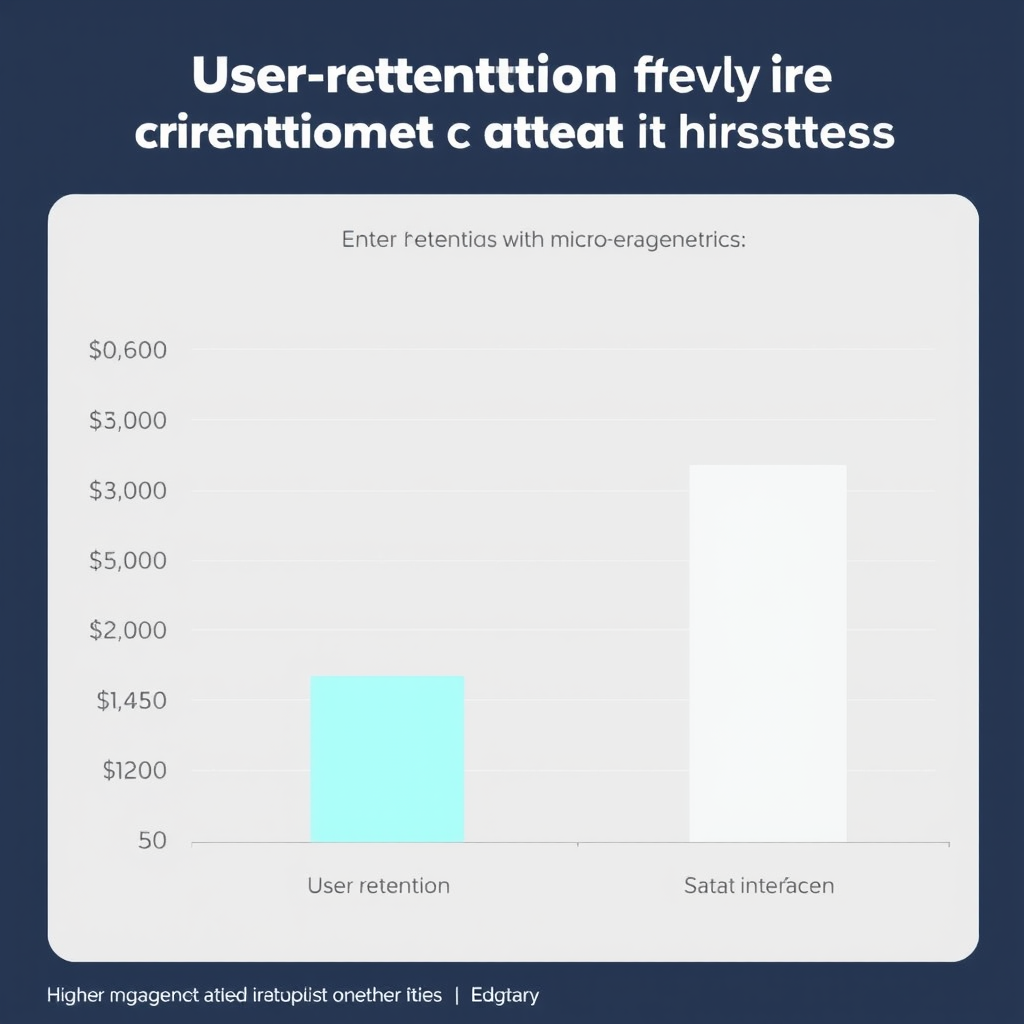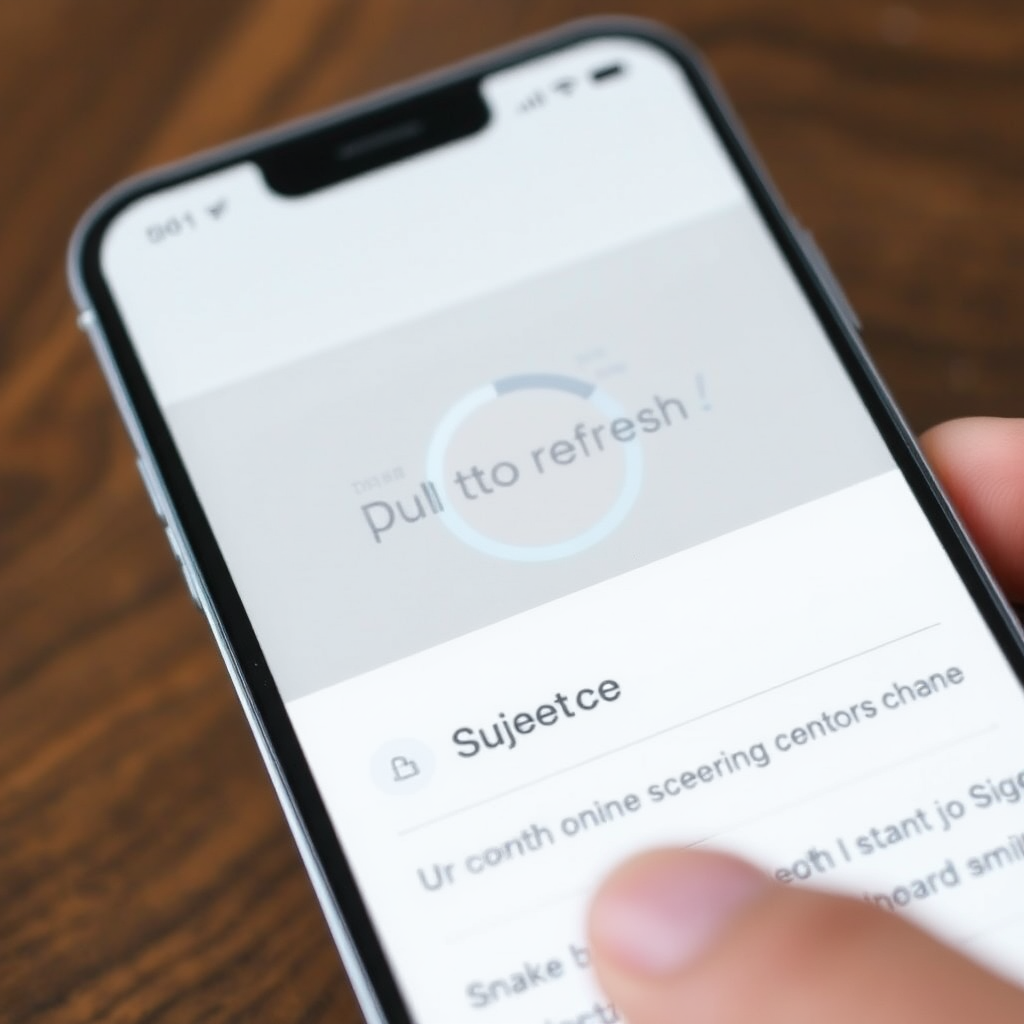In the world of digital platforms and modern interfaces, success often lies not in grand gestures, but in the subtle details that users barely notice consciously yet feel deeply. Micro-interactions—those small, purposeful animations and feedback mechanisms—have become the invisible threads that weave together compelling user experiences and foster genuine platform loyalty.

The Psychology Behind Small Interactions
Every tap, swipe, and hover on a digital interface triggers a cascade of psychological responses. When users interact with modern platforms, their brains are constantly processing feedback—both explicit and implicit. A well-designed micro-interaction serves as a bridge between user intent and system response, creating what UX researchers call "digital empathy."
Consider the simple act of liking a post on social media. The immediate visual feedback—a heart that fills with color, a subtle bounce animation, or a brief particle effect—doesn't just confirm the action. It creates a moment of satisfaction that reinforces the behavior and encourages continued engagement with the platform.
Measuring the Impact on User Behavior
Recent studies analyzing app usage patterns across major platforms reveal compelling data about micro-interactions and user retention. Platforms that implemented thoughtful hover effects and smooth transitions saw an average 23% increase in daily active users over six months, compared to those with static interfaces.

The data becomes even more interesting when we examine specific interaction types. Loading animations that provide clear progress feedback reduce user abandonment rates by up to 40%. Meanwhile, subtle sound effects paired with visual feedback in productivity tools correlate with 15% longer average session durations.
Case Studies: Successful Implementation Across Platforms
Mobile Banking Applications
Financial institutions have discovered that micro-interactions significantly impact user trust and daily routines. When users money or check balances, smooth animations and clear feedback mechanisms reduce anxiety and increase confidence in the platform. One major reported that implementing gentle slide transitions and confirmation animations led to a 31% increase in mobile app usage among customers over 50.
Social Media Platforms
The most successful social platforms have mastered the art of micro-interactions to drive engagement. The pull-to-refresh gesture, now ubiquitous across mobile platforms, creates a satisfying tactile experience that users actively seek out. This simple interaction has become so ingrained in digital behavior that its absence feels jarring to modern users.

Productivity and Routine Tracking Tools
Apps focused on daily routines and productivity have found that micro-interactions play a crucial role in habit formation. The satisfying animation of checking off a completed task, the gentle vibration when a timer completes, or the smooth progress bar filling up—these small details create positive reinforcement loops that encourage consistent app usage and help users maintain their digital habits.
The Science of Feedback Timing
Not all micro-interactions are created equal. Research into user experience and interface design reveals that timing is everything. Feedback that occurs within 100 milliseconds feels instantaneous and natural. Delays between 100-300 milliseconds are noticeable but acceptable, while anything beyond 300 milliseconds begins to feel sluggish and can negatively impact user satisfaction.
This timing sensitivity explains why successful platforms invest heavily in optimizing their micro-interactions. The difference between a 150ms and 400ms button press response can measurably affect user behavior and long-term platform loyalty.
Designing for Different User Contexts
Modern platforms must consider how micro-interactions perform across various contexts and user states. A delightful animation on a high-end smartphone might become frustrating on an older device with limited processing power. Similarly, interactions that work well for focused desktop usage may need adjustment for mobile users who are often multitasking or using their devices in challenging environments.

The most successful implementations consider accessibility from the ground up. Micro-interactions should enhance the experience for all users, including those who rely on screen readers or have motor impairments. This inclusive approach to interaction design often leads to better experiences for everyone.
The Future of Subtle Digital Interactions
As we look toward the future of digital behavior and user experience, micro-interactions are evolving beyond simple visual feedback. Haptic technology, spatial audio, and even biometric responses are beginning to create more nuanced and personalized interaction experiences.
The next generation of platforms will likely feature micro-interactions that adapt to individual user habits and preferences. Machine learning algorithms are already beginning to optimize interaction timing and intensity based on user behavior patterns, creating truly personalized digital experiences.
Implementation Best Practices
For designers and developers working on modern platforms, several key principles emerge from successful micro-interaction implementations:
- Purpose over decoration: Every micro-interaction should serve a functional purpose, not just aesthetic appeal
- Consistency across the platform: Similar actions should produce similar feedback throughout the interface
- Performance optimization: Smooth animations are better than elaborate ones that cause lag
- User control: Provide options to reduce or disable animations for users who prefer minimal interfaces
- Context awareness: Adapt interactions based on device capabilities and user environment
The evidence is clear: in an increasingly competitive digital landscape, the platforms that succeed are those that pay attention to the smallest details. Micro-interactions may be subtle, but their impact on user engagement, satisfaction, and loyalty is anything but small. As we continue to integrate technology deeper into our daily routines, these tiny moments of digital empathy become the foundation upon which lasting user relationships are built.
The future belongs to platforms that understand that great user experience isn't just about major features—it's about making every single interaction feel thoughtful, responsive, and human.